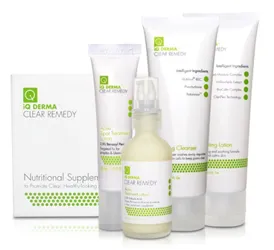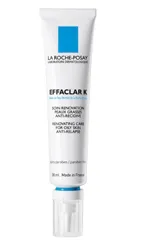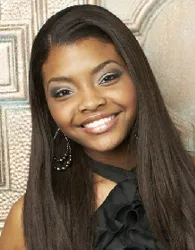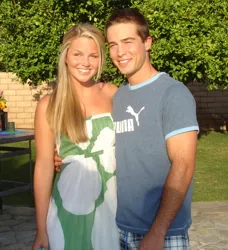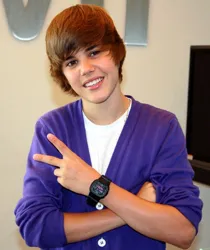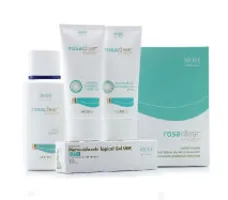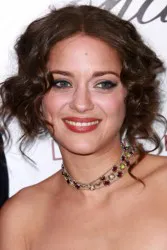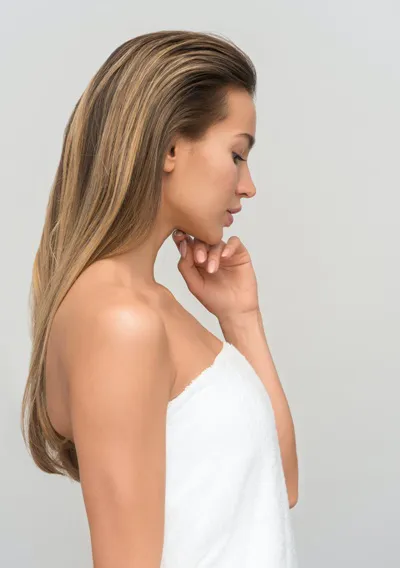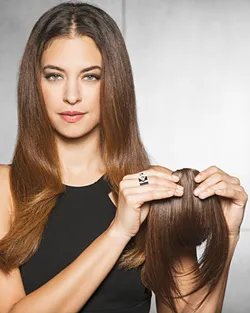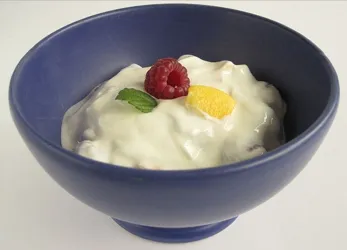
Adult Versus Teen Acne
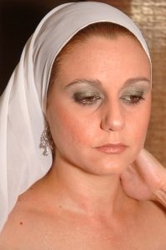 Adult Versus Teen Acne
Adult Versus Teen Acne
If you thought this was a just a kids’ problem, think again!
Growing up, you probably believed the evils of acne would disappear along with all your other teenage-related angst the moment you turned the magical 21.
Wrong. The staggering statistic bears out that as many as 80% of people in the U.S.--in their 20s and 30s--are affected by acne.
That’s not to say it’s not a teenage problem, too—85% of adolescents in this country battle the problem, and, globally speaking, more than $4.7 billion is spent annually to treat it.
How Adult and Teen Acne Are The Same
“Where the adult and teen [problem] coincide, is that they both go through four grades of acne,” says Dr. Douglas Hamilton, a dermatologist from Beverly Hills, California.
1. Acne Vulgaris – these lesions affect the face, chest, back and shoulders and can be non-inflamed or inflamed papules and/or pustules.
2. Open Comedones (blackheads) – these contain central dark material.3. Closed Comedones (whiteheads) – these are small flesh-colored bumps.
4. Inflamed Lesions – these lesions are typically erythematous papules or pustules and may be cystic in appearance.Causes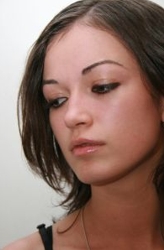 Some very basic causes for common acne are as follows: external agents such as skin bacteria, industrial chemicals (petroleum, animal and vegetable oil), oil or wax containing cosmetics, greasy sunscreens or suntan preparations. Excessive perspiration and stress can also aggravate acne. The worst culprit, however, is the aforementioned bacteria which is exacerbated by the over production or sebum (oil) in the skin.
Some very basic causes for common acne are as follows: external agents such as skin bacteria, industrial chemicals (petroleum, animal and vegetable oil), oil or wax containing cosmetics, greasy sunscreens or suntan preparations. Excessive perspiration and stress can also aggravate acne. The worst culprit, however, is the aforementioned bacteria which is exacerbated by the over production or sebum (oil) in the skin.
A normal amount of sebum hydrates the skin. Too much clogs the pores and combines with un–shed dead skin cells to create and attract bacteria. Internal agents contributing to acne include endogenous hormones and specific drugs, like some oral contraceptives (although some oral contraceptives can do just the opposite, and are sometimes prescribes as an acne treatment), and lithium-containing compounds.
The one bright spot? Specific foods such as chocolate, soda or French fries have not been proven to cause or worsen acne in anyone.
How To Treat It
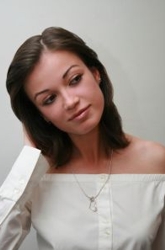 Treatment of acne varies from case to case, whether it is for a teen or an adult. The most popular form of initial treatment is with a topical, over-the-counter Benzoyl Peroxide product. Topical antibiotics and Retinoic acid may also be used in resistant cases. Oral antibiotics are still another option.
Treatment of acne varies from case to case, whether it is for a teen or an adult. The most popular form of initial treatment is with a topical, over-the-counter Benzoyl Peroxide product. Topical antibiotics and Retinoic acid may also be used in resistant cases. Oral antibiotics are still another option.
Right now, Acutane is the most effective oral treatment for severe pustulocystic acne that is resistant conventional therapy. And it’s very useful in patients with a propensity for scarring.
Vitamin supplements may also help in the fight against acne: A, B-complex, C, E, and the mineral Zinc, combine to keep the immune system strong and skin clear. But only take them under the guidance of a doctor or nutritionist.
All of these treatments may cause some side effects, such as skin irritation and peeling. (Sun exposure must be carefully avoided.) Systemic agents cause their share of problems, too—and they have not been proven affective on comedonal acne.
No matter what the treatment, physicians and patients alike should be aware that acne often looks worse before it gets better, and that noticeable improvements usually take 12 weeks to materialize.
How Adult and Teen Acne Differ
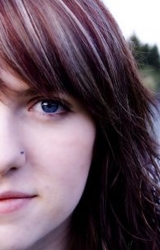 “Acne in teens is more severe,” observes Dr. Hamilton, “ and it’s more likely to be cystic. But adult acne lingers longer on the face in adult females, and on the chest or back in male adults.”
“Acne in teens is more severe,” observes Dr. Hamilton, “ and it’s more likely to be cystic. But adult acne lingers longer on the face in adult females, and on the chest or back in male adults.”
Some of the causes of acne in teens and adults differ: Pregnancy, and stress-related acne prove more prevalent in adults, while teenagers can suffer breakouts simply from localized pressure from objects such as headbands, or the helmets, shoulder pads (and sweating) that go with playing sports.
Adult acne is also often caused by a hormonal imbalance that can only be addressed by a physician. Some other culprits include: oil-based makeup products, leave-in hair styling products, cradling the phone (a bacteria nightmare!) against your face when you talk, frequently touching your face, over cleaning the skin, and finally, simple genetics.
The treatments—or tolerance of treatments—differs as well between teens and adults. “Adults are usually sick of creams and antibiotics,” says Dr. Hamilton. “Teens are more willing to put up with that. Adults want a quick fix.”
A Better Way
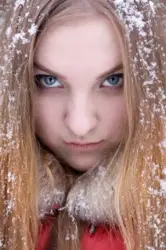 New to the treatment regime of acne—in those of all ages—is ClearLight from Lumenis: a high-intensity light, penetrating just deeply enough into the skin’s tissue to safely and effectively reach the bacteria that is the most common form of inflammatory acne.
New to the treatment regime of acne—in those of all ages—is ClearLight from Lumenis: a high-intensity light, penetrating just deeply enough into the skin’s tissue to safely and effectively reach the bacteria that is the most common form of inflammatory acne.
The patient merely relaxes in the treatment chair or bed while the instrument is directed by the dermatologist onto the affected areas of the patient’s skin. Each session lasts approximately 15 minutes and there is no recovery or down time. The typical ClearLight treatment regimen consists of eight visits over a period of four weeks.
While any area of the body that has moderate inflammatory acne can be treated, the most common areas are the face, neck, chest and back. “ClearLight doesn’t have any side effects of irritation,” says Dr. Hamilton “It works on inflammatory lesions. It’s designed for moderate acne and works to suppress future breakouts.”
For teens and adults afflicted with acne, the future is looking brighter all the time!
More Information
Please follow me on Twitter at: http://Twitter.com/HairBoutique. I look forward to meeting new people from all walks of Twitter and learning from their Tweets. Visit us at Hairboutique.com located at: http://www.HairBoutique.com, on Facebook, MySpace and YouTube.
Thank you for visiting us at The HairBoutique Blog and for leaving your comments. They are very much appreciated. We apologize in advance but must remove any direct advertisements or solicitations.Social Media Network Information
Please follow us on Twitter at: https://Twitter.com/HairBoutique. I look forward to meeting new people from all walks of Twitter and learning from their Tweets.



